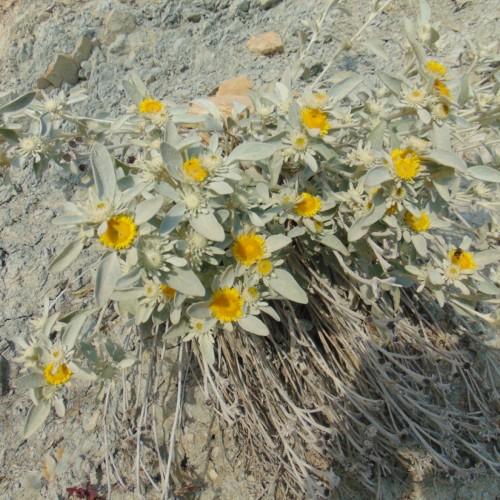
inula
Inula verbascifolia
Cycle:
Herbaceous Perennial
Watering:
Average
Hardiness Zone:
5 - 8
Flowers:
Flowers
Sun:
Full sun,part shade
Leaf:
Yes
Growth Rate:
Low
Maintenance:
Low
Salt Tolerant:
Yes
Thorny:
Yes
Invasive:
Yes
Care Level:
Medium
watering
Inula verbascifolia plants require consistent moisture around their roots, so they should be watered when the soil dries out just below the surface. During hot weather, it is important to water more frequently, ideally every 2-3 days. However, in cooler climates, the plants may only need to be watered every week. Water should be applied deeply and slowly to allow the water to reach the plant’s roots. Additionally, if possible, it is recommended to water during early morning in order to reduce the amount of evaporation that can occur from the sun and wind. During the summer months, it is best to water more frequently and in smaller amounts; this reduces the risk of root rot.
sunlight
Inula verbascifolia, commonly known as Inula, is an easy-to-grow, drought-tolerant annual flower. It grows best in sunny locations and requires full sunlight for optimal growth and blooming. The amount of sunlight will depend on its location and climate, but, as a general rule, it requires at least 5-6 hours of direct, unfiltered sunlight each day. In northern locations, where the sun is often less intense, it may need as much as 8 hours of direct sunlight. Inula plants should be placed in a location that receives morning sunshine and afternoon shade in order to protect the foliage from excessive heat and drying winds. If possible, try to provide at least 4-5 hours of direct sunshine during the peak of the day when temperatures tend to be hottest.
pruning
Inula verbascifolia, or 'fleabane', should be pruned as needed to control its size and shape. Pruning can be done in either summer or winter, but it is generally best to wait until after flowering in summer, as it will help protect the plant from potential shock. Summer pruning should take away no more than 1-third of the plant material, while winter should take no more than a quarter. For a denser form, you can pinch off the tips of the branches as soon as they grow out. Deadheading spent blooms can also help to encourage new growth and blossoms. Since the plant can spread through underground runners, keep an eye on it and remove any unwanted new shoots. Finally, if you are pruning for a more aesthetic purpose, avoid pruning it too severely, as it can reduce the flowering potential.
